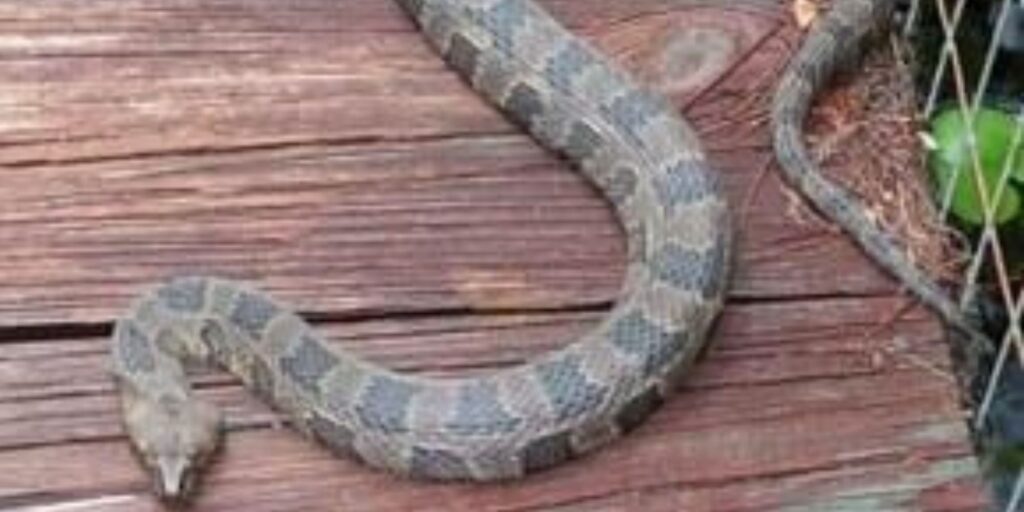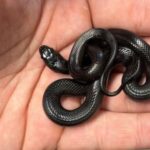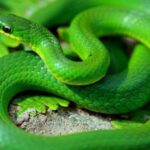Overview
The world of snakes is both fascinating and misunderstood. Among these intriguing reptiles, the brown water snake often flies under the radar. With its unique adaptations and behaviors, this non-venomous creature plays a crucial role in its ecosystem. Whether you’re an avid herpetologist or just curious about wildlife in your backyard, understanding brown water snakes can deepen your appreciation for nature’s diversity. Join us as we explore their habitats, behaviors, conservation status, and more!
Understanding the Brown Water Snake: Habitats, Behavior, and Conservation
Brown water snakes thrive in a variety of wetland habitats. They can be found near rivers, lakes, swamps, and marshes. These environments provide ample food sources and places to hide from predators.
Their behavior is primarily diurnal, meaning they are active during the day. Brown water snakes are excellent swimmers and often bask on rocks or branches above the water. They feed mainly on fish and amphibians, utilizing their keen eyesight to spot prey.
Conservation efforts for brown water snakes focus on habitat preservation. As wetlands face threats from development and pollution, protecting these areas becomes crucial for their survival. Raising awareness about this species can also help dispel myths that lead to unnecessary harm.
Brown Water Snake :Introduction
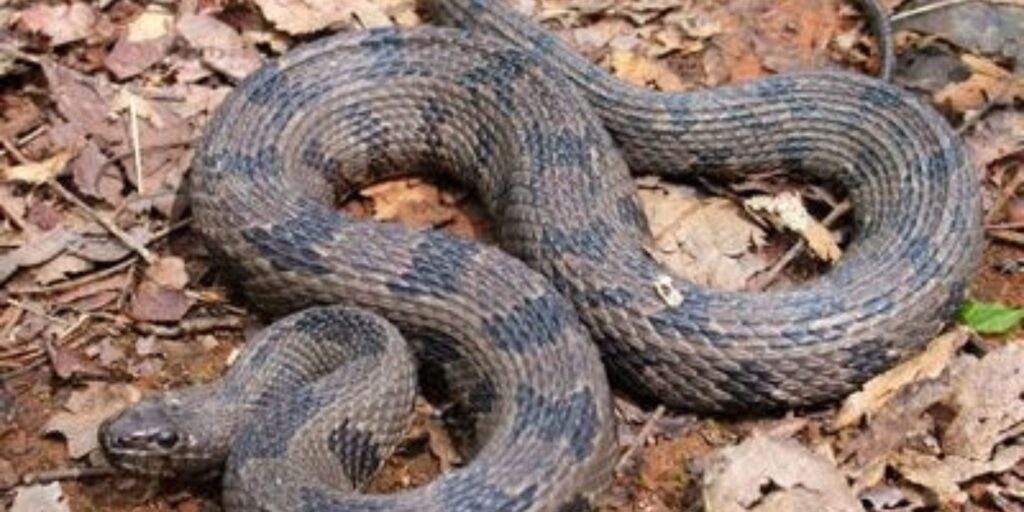
The brown water snake, known scientifically as Nerodia taxispilota, is a fascinating reptile often found near freshwater bodies. These non-venomous snakes thrive in diverse environments across the southeastern United States.
Understanding their habitats and behaviors is crucial for appreciating their role in local ecosystems. Brown water snakes are commonly mistaken for venomous species due to their coloration and size, leading to unnecessary fear.
As we explore the unique traits of these reptiles, we’ll also highlight conservation efforts aimed at protecting them. Learning about brown water snakes fosters respect for wildlife and emphasizes the importance of preserving natural habitats.
Brown Watersnake (Nerodia taxispilota)
The Brown Watersnake, known scientifically as Nerodia taxi pilot, is a fascinating non-venomous snake species. Typically found near freshwater environments, these snakes thrive in marshes, rivers, and lakes across the southeastern United States.
Their robust bodies and distinctive coloration make them easily recognizable. Ranging from brown to dark gray with lighter bands or blotches, they blend seamlessly into their habitats.
Despite their intimidating appearance, they play a crucial role in local ecosystems by controlling populations of fish and amphibians. Their adaptability allows them to flourish in various conditions while offering insights into the health of aquatic environments.
Brown Water Snake :Common names
The brown water snake, scientifically known as Nerodia taxispilota, goes by several common names. Many people know it simply as the “brown watersnake.” This name reflects its typical coloration and preferred aquatic habitat.
In some regions, it’s called the “Florida watersnake,” highlighting its strong presence in that state’s waterways. Additionally, locals might refer to them as “water moccasins” due to their similar appearance; however, this can lead to confusion since they are not venomous like true moccasins.
These alternative names often vary based on geographical locations and local dialects. Understanding these common names helps foster a greater appreciation for this unique species within different communities.
Brown Water Snake :Geographic range
The brown water snake, scientifically known as Nerodia taxispilota, is primarily found in the southeastern United States. Its geographic range extends across states such as Florida, Georgia, Alabama, Mississippi, and Louisiana.
These snakes thrive in various wetland habitats including swamps, marshes, and riverbanks. They are often spotted basking on logs or swimming gracefully through slow-moving waters.
Their distribution reflects a preference for warm climates and abundant freshwater sources. This adaptability enables them to inhabit both rural areas and suburban landscapes where water bodies exist.
Brown Water Snake :Description
The brown water snake, scientifically known as Nerodia taxispilota, is a striking species found in various aquatic habitats. These snakes typically boast a pattern of dark brown to light tan scales that blend seamlessly with their environment. Their bodies are robust and can reach lengths of up to 5 feet.
Young brown water snakes display more vibrant colors with distinct patterns that fade as they mature. The scales often feature darker bands or blotches, adding to their camouflage capabilities in the wild. This adaptive coloration helps them evade predators while hunting for prey.
Their eyes are located high on their heads, providing excellent visibility above the water’s surface. This anatomical feature aids them while swimming and basking near shorelines.
Brown Water Snake :Habitat
Brown water snakes thrive in diverse aquatic environments. They are commonly found near rivers, lakes, swamps, and marshes. These habitats provide ample opportunities for hunting and basking.
Preferring shallow waters with abundant vegetation, they use the foliage as cover from predators and to ambush prey. Their adaptability allows them to inhabit both freshwater and brackish ecosystems.
During warmer months, these snakes can often be spotted sunbathing on rocks or logs by the water’s edge. In colder seasons, they seek refuge in nearby burrows or dense underbrush to escape harsh conditions. This versatility makes brown water snakes resilient inhabitants of their chosen habitats.
Reproduction
Brown water snakes exhibit fascinating reproductive behaviors. Mating typically occurs in the spring when temperatures rise, prompting males to engage in courtship displays. These displays often involve intertwining movements and other physical interactions.
Females are ovoviviparous, meaning they give birth to live young rather than laying eggs. After a gestation period of around 2-3 months, females can produce anywhere from 10 to 50 offspring at once. The size and number depend on various environmental factors.
Newborns measure about a foot long and display their distinctive dark patterns immediately. They quickly become independent, seeking refuge in nearby vegetation or submerged habitats for protection against predators.
Characteristics and Behavior
Brown water snakes are known for their calm demeanor. They often prefer to retreat when threatened rather than confront danger. This makes them less aggressive compared to other snake species.
These snakes are excellent swimmers, spending much of their time in or near freshwater environments like rivers and swamps. Their flattened bodies help them navigate through the water with ease.
Brown water snakes primarily feed on fish, amphibians, and small mammals. They use constriction to subdue prey before consuming it whole. Their behavior reflects adaptability, allowing them to thrive in various habitats across their range.
Venom Status
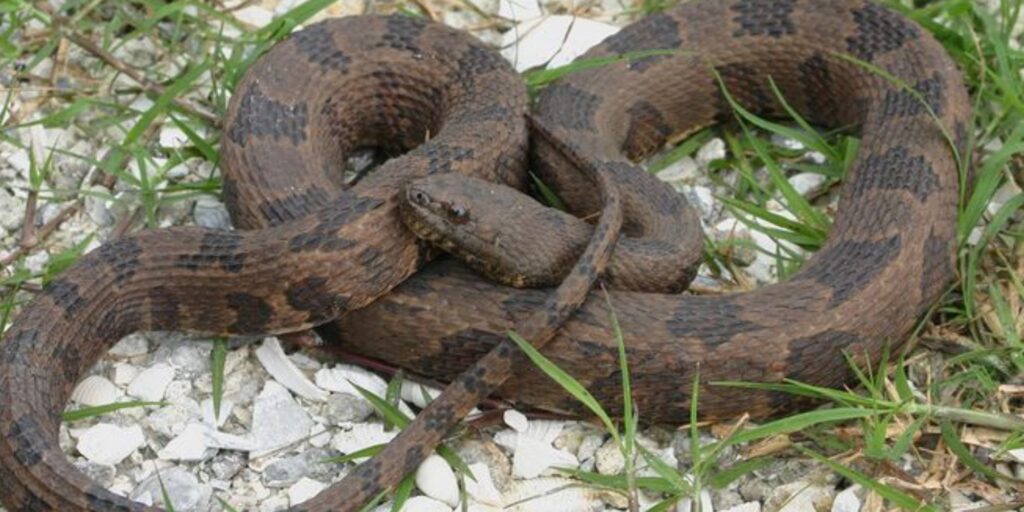
The brown water snake is non-venomous, making it a safe species for humans. Unlike some of its more dangerous relatives, this snake poses no threat through venom injection. Instead, it relies on its size and strength to defend itself against predators.
These snakes are often mistaken for venomous species due to their similar appearance. This confusion can lead to unwarranted fear or harm towards them. Understanding the true nature of the brown water snake helps dispel myths surrounding these fascinating creatures.
When threatened, they may strike or release a foul-smelling musk as a defense mechanism. Such behavior serves as an effective deterrent without resorting to venomous attacks.
Unique Features
Brown water snakes are fascinating creatures with several unique features. Their coloration can vary widely, showcasing shades of brown, gray, or even reddish hues. This variability helps them blend seamlessly into their aquatic environments.
Another interesting trait is their patterning; dark bands often run across lighter backgrounds. These markings provide excellent camouflage among vegetation and substrates in the water.
Additionally, they have impressive swimming abilities. With flattened bodies and a powerful tail, brown water snakes navigate swiftly through rivers and swamps. They can also remain submerged for extended periods when evading predators or hunting prey.
Conservation Efforts
Conservation efforts for brown water snakes focus on habitat preservation. Wetland ecosystems are crucial for their survival, providing essential resources like food and breeding grounds. Protecting these environments from development and pollution is vital.
Public education plays a significant role in conservation. Awareness campaigns aim to dispel myths surrounding these non-venomous snakes, highlighting their importance in controlling rodent populations. Understanding their ecological value encourages coexistence with humans.
Community involvement is also key to successful conservation initiatives. Local organizations often lead clean-up events and habitat restoration projects, fostering a sense of stewardship among residents. Active participation helps ensure the longevity of the brown water snake population for future generations.
Additional Resources
For those eager to learn more about brown water snakes, there are several excellent resources available online. Websites like the National Park Service and the Nature Conservancy provide valuable insights into their habitats and behaviors.
Books by herpetologists can also be a great source of in-depth information. Titles focusing on North American reptiles often include detailed sections on this species.
Additionally, local wildlife organizations frequently host workshops or field trips. These experiences allow enthusiasts to observe brown water snakes in their natural environments while learning from experts.
References
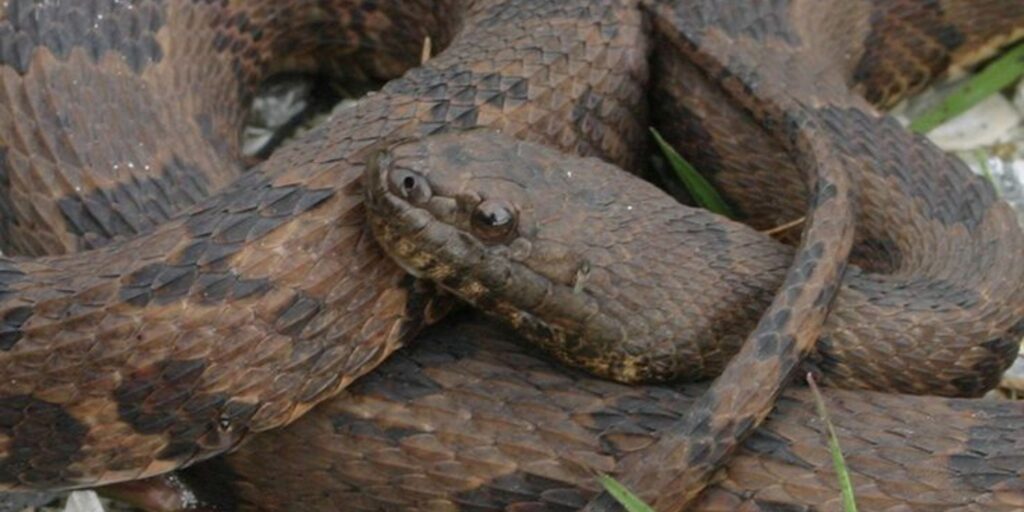
For those interested in delving deeper into the fascinating world of brown water snakes, a variety of resources are available. Scientific journals and herpetology texts provide valuable insights into their biology and ecology. Websites dedicated to wildlife conservation often feature information specific to these reptiles.
Field guides can also be an excellent source for identifying the unique characteristics of brown water snakes. They include details on physical traits, habitats, and behavior patterns that make each species noteworthy.
Moreover, local nature centers or aquariums frequently host educational programs about regional fauna, including interactive exhibits on brown water snakes. Engaging with these resources enriches understanding and appreciation for this remarkable species.
Further reading
For those interested in delving deeper into the world of brown water snakes, several resources are available. Field guides specific to reptiles can provide valuable insights into their behavior and habitats. Many include stunning photographs that help with identification.
Scientific journals often publish studies on the ecology and conservation status of these intriguing creatures. These articles can offer a more detailed understanding of their role within ecosystems.
Additionally, online platforms dedicated to herpetology feature forums where enthusiasts share experiences and knowledge about brown water snakes. Engaging in such communities can lead to discovering new information and fostering a greater appreciation for these fascinating reptiles.

